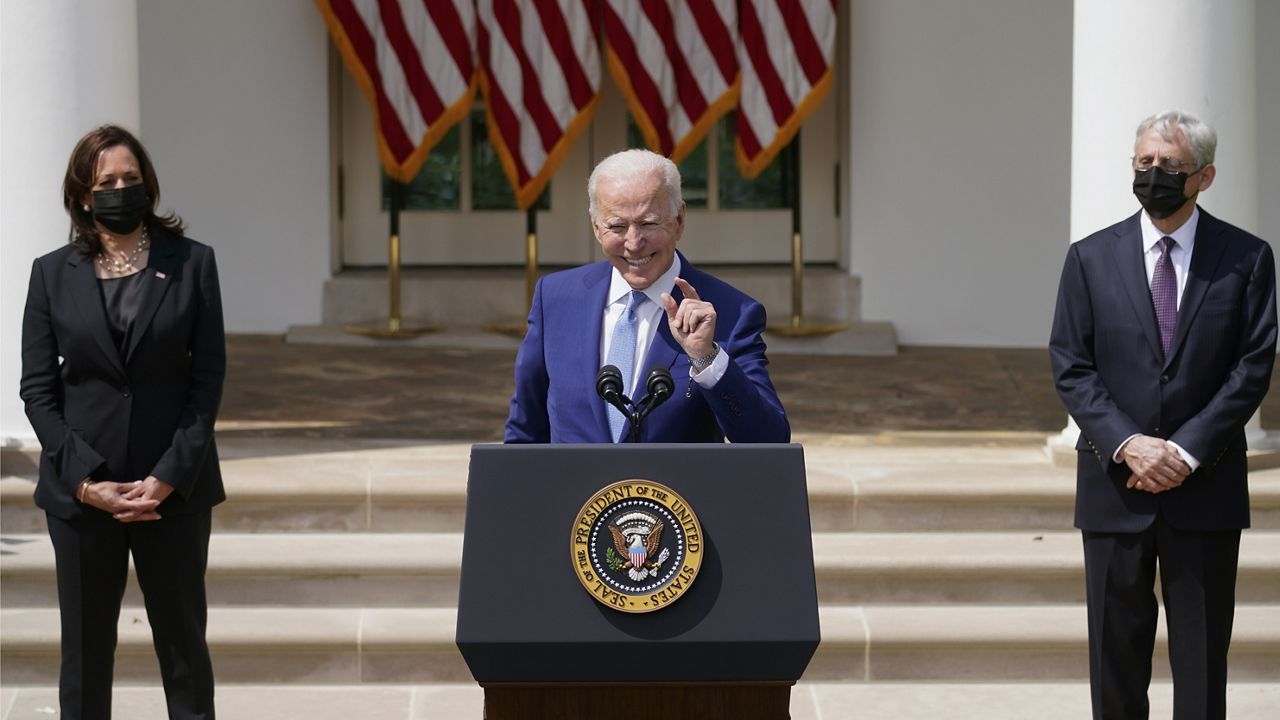The Office of Management and Budget submitted President Joe Biden’s discretionary funding request for Fiscal Year 2022, his first budget as commander-in-chief, and his proposals highlight a sharp turn from his predecessor.
The “skinny budget” – a precursor to the full annual budget – devotes a significant portion of funding to key Biden agenda items, including education, civil rights, public health research, climate change and battling the opioid crisis.
“This moment of crisis is also a moment of possibility,” OMB Acting Director Shalanda Young wrote in a letter to leaders of the House and Senate Appropriations and Budget Committees. “The upcoming appropriations process is another important opportunity to continue laying a stronger foundation for the future and reversing a legacy of chronic disinvestment in crucial priorities.”
“Together, America has a chance not simply to go back to the way things were before the COVID-19 pandemic and economic downturn struck, but to begin building a better, stronger, more secure, more inclusive America,” Young, a former Appropriations Committee staffer who was confirmed as OMB Deputy Director, continued.
The budget's non-military funding, $769 billion in total, calls for a number of items crucial to President Biden's agenda, including:
- $36.5 billion in grants for high-poverty schools via Title I grants
- $6.5 billion to launch the Advanced Research Projects Agency for Health, with an initial focus on cancer, diabetes, and Alzheimer’s research
- $10.7 billion to combat the opioid crisis
- $8.7 billion to the CDC for future public health crisis readiness, its largest budgetary increase in roughly two decades
- An increase of $14 billion to fight climate change
- $2.1 billion for the Department of Justice to combat the gun violence epidemic
- $1 billion in funding for the DOJ’s Violence Against Women Act programs
- $209 million toward civil rights enforcement
- $861 million to address the root causes of migration, reduce asylum backlogs
- Over $1 billion for the Internal Revenue Service (IRS) to audit and enforce taxes against high-earning individuals and corporations
The discretionary funding request also lists $753 billion for the Department of Defense — a slight increase over the previous year, but far below what the Trump administration projected in its final budget.
Dozens of House Democrats wrote a letter to Biden imploring him to “significantly” slash the Pentagon budget, but key Republicans have urged Biden to commit to larger increases — Senate Minority Leader Mitch McConnell (R-KY) pressed Biden to increase spending to combat China.
“If the administration is serious about competing with China, deterring Russia and preserving American leadership, the most important test will be in the president’s budget submission,” McConnell said on the Senate floor last month, adding: “If the administration is up to the task, they’ll find strong partners in this Republican conference.”
Officials blamed a lack of cooperation from the previous administration during the transition for why the “skinny budget” was later than usual this year.
The full budget is expected later in the spring, according to senior administration officials, who noted that this budget is separate from President Biden’s proposed infrastructure plan.
Read the full budget proposal below:




